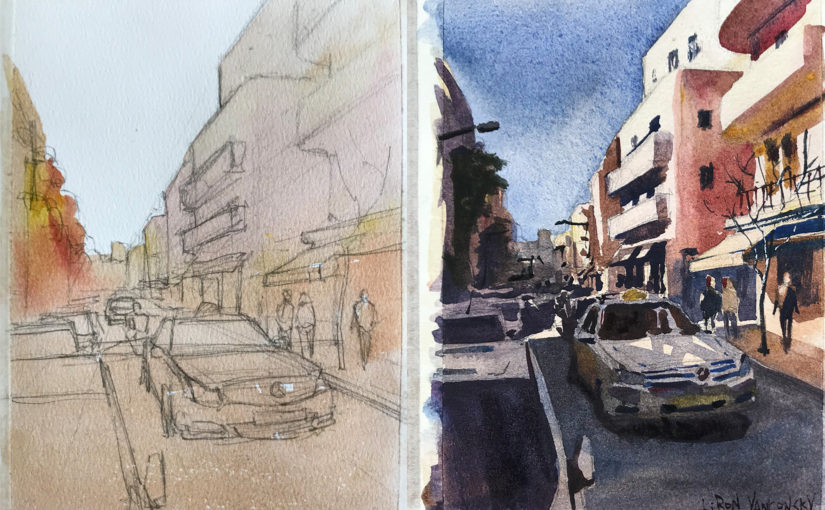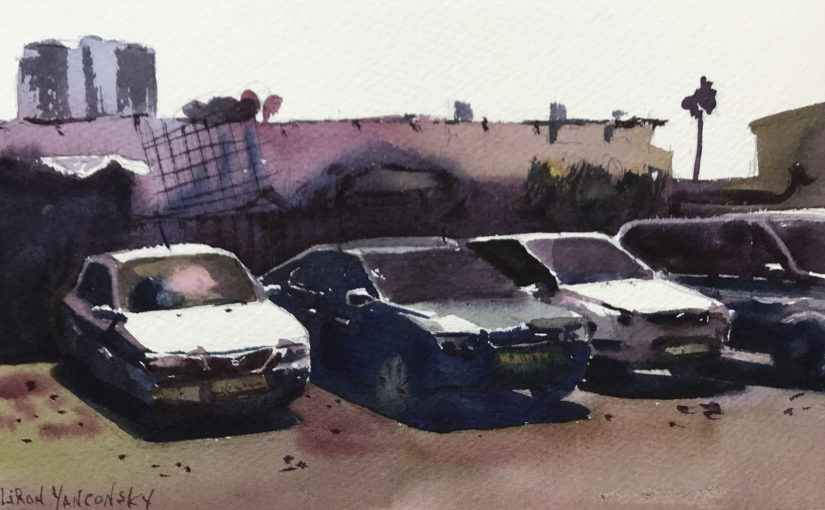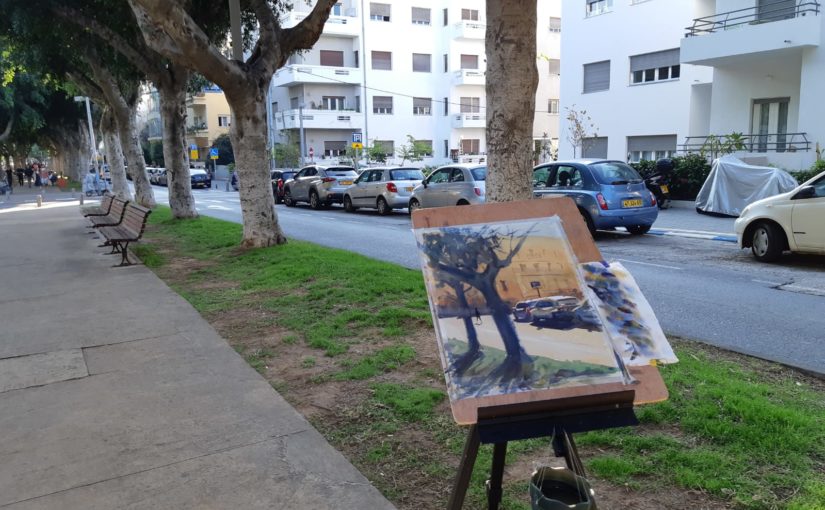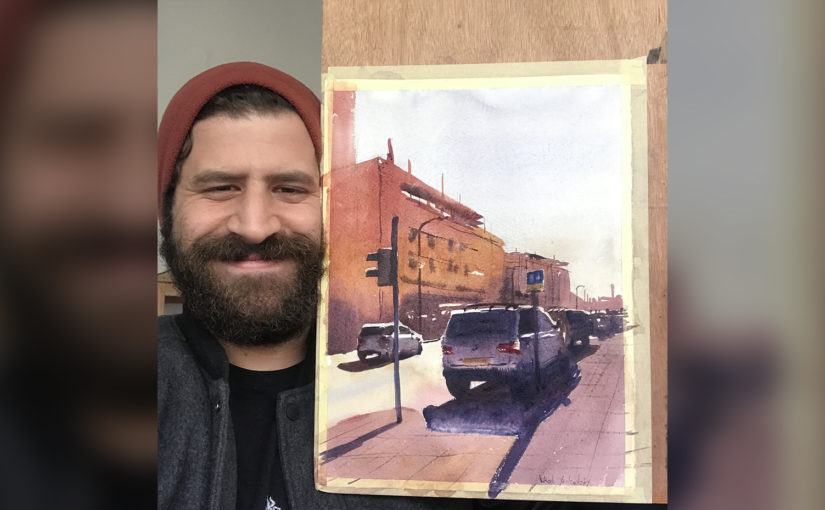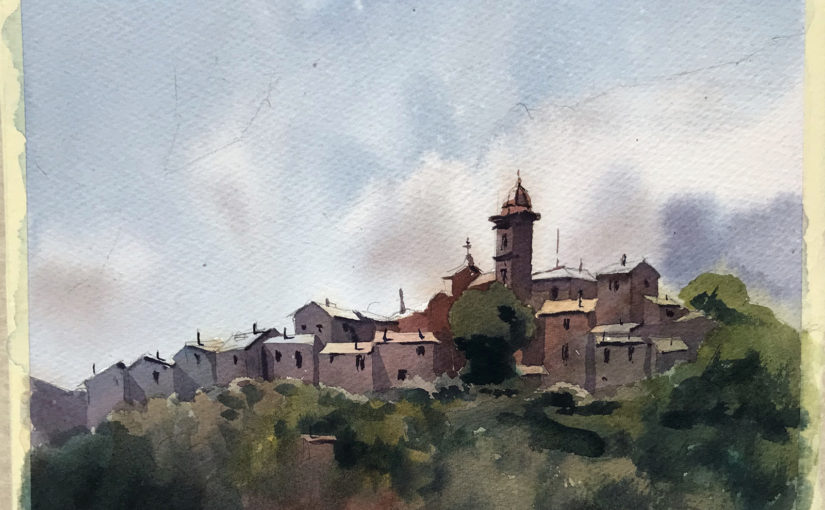Podcast: Play in new window | Download
Hi there, Liron here! In today’s episode I’m teaching you how you can develop your own personal art style.
Many artists strive to grow and develop their own style, but there are many myths about what it takes, and the truth is much simpler than some may think!
We’ll take a bit of a philosophical approach, but embed a lot of practicality to it!
Personal Art Style
Probably every artist you admire has their own unique art styles. Artists who work hard and attain higher and higher levels of creation, tend to also have a uniqueness to their work.
There is something very charming around a distinct art style. This leads many beginner and aspiring artists to worry about developing their own style.
Which brings me to my next point…
Unique Art Style – Don’t Assume you Don’t Have One
This is extremely important.
I want you to understand that with enough practice, repetition and experimentation, everyone develops a unique art style.
It’s inevitable.
So instead of worrying about that, let’s focus on what we can do to ensure you develop successfully as an artist (:
Fundamentals & Experimentation
The way I see it, there are two elements to improving continuously.
Working on the fundamentals / basics – This involved doing the exercises and learning the techniques that are relevant to multiple art mediums.
An example for this would be composition, color harmony, matching values (in case you are doing realistic / representational / naturalistic art) and so on.
Experimentation – This involves breaking our own patterns, using work processes that are foreign to us, trying to work in a different style, using colors we aren’t used to and so on.
Using these two together ensures your skills will grow, and your style will develop.
Remember that every experiment you do, every technique you play around with – these all add up and become a part of your style. By experimenting frequently, you widen your style’s possible spectrum of expression.
And with repeated work on the basics, you’ll ensure that your technical skills won’t deteriorate while you experiment.
This works very nicely with my concept of Inspiration & Isolation which you can read about here.
Everyone ELSE Will Recognize Your Style
I want to mention something I find amusing. Ironically, you will be the last person to recognize the uniqueness of your style.
That’s just how it goes for most people (unless it’s really unique and out there).
People started telling me about a year ago, that they could tell my paintings apart from others very easily.
I was very surprised to hear, but wasn’t able to see that myself.
Now I can better understand what they mean. There are many nuances. It’s in how you treat the edges, how your brush marks look. There are a lot of signature properties it’s hard to put in words, but easy to tell when they’re there.
Conclusion
I hope this all makes sense. Let me know if you have any questions and I’d be happy to expand on whatever you want me to (:
And with that being said, let’s move on to the Artist Corner.
Artist Corner
In today’s episode I talk about Oliver Pyle, an English watercolor painter.
Oliver specializes in natural landscapes and rural scapes. His works convey serenity and calmness that I find very relaxing.
His work also taught me a lot about conveying your message with simplicity.
And Here’s where you can find me
Check out my YouTube Channel – Liron Yanconsky
Or ask me questions on Instagram – @LironYanIL or Snapchat – @LironYan3
I hope you enjoyed this one. Take care, and we’ll talk again really soon,
– Liron

